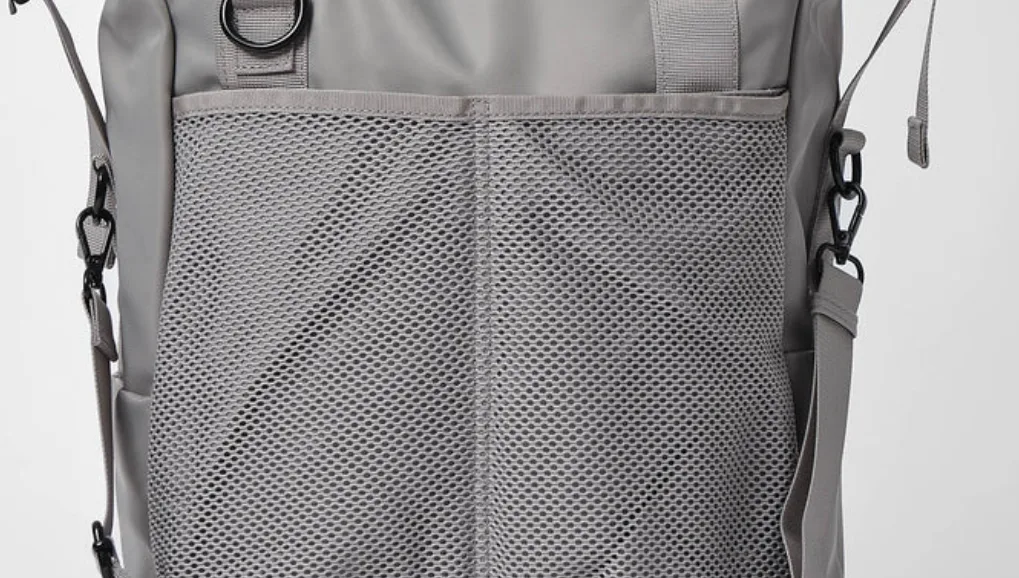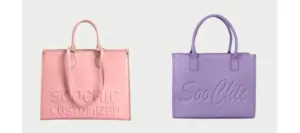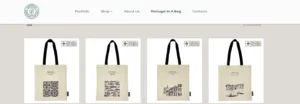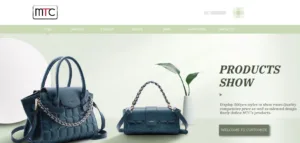In modern bag production, breathable mesh has become an essential material that improves both comfort and functionality. By using breathable fabric for bags, designers can enhance airflow, reduce heat buildup, and create products that are more suitable for long-term use in sports, travel, and daily commuting.
For backpacks, the integration of backpack mesh panels in shoulder straps and backpack padding ensures better ventilation and ergonomic support. This design not only helps reduce discomfort during extended carrying but also adds value to the overall user experience.
From the manufacturing perspective, choosing the right mesh is a critical step. A professional bag manufacturer’s breathable materials approach involves balancing durability, weight, and visual appeal while meeting customer demands. This article will guide you through the main types of breathable mesh fabrics used in bag production and explain how to select the best option for different applications.
1. What Is Breathable Mesh in Bag Production
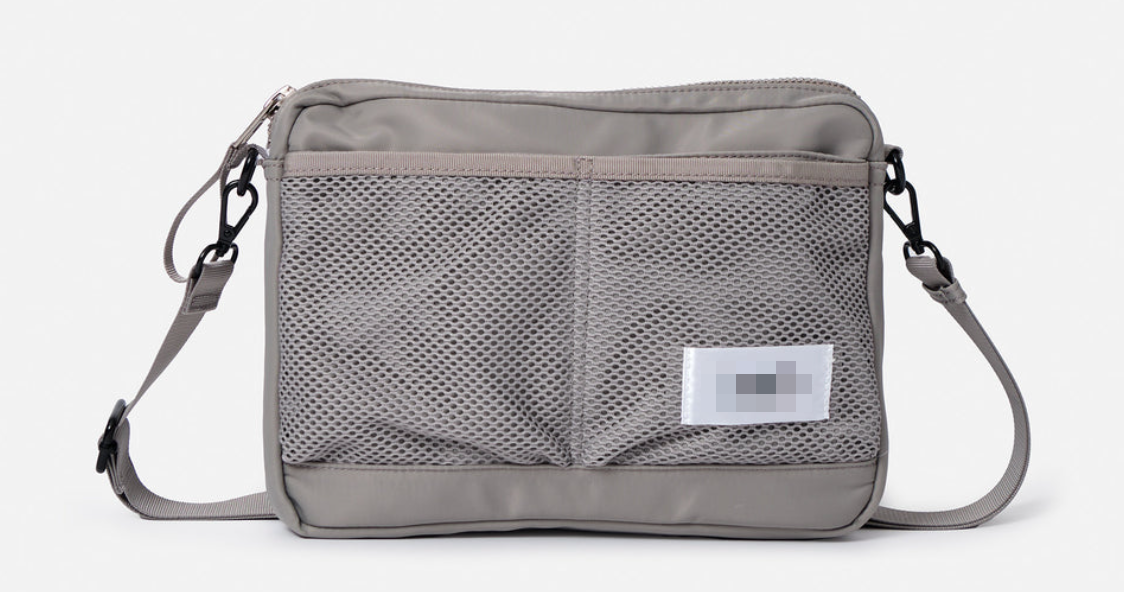
Breathable mesh is a type of fabric designed to allow air to circulate freely while maintaining strength and durability. According to bag manufacturing expert Lisa Chen, “Using breathable mesh in bag design is like giving your product a built-in cooling system—it keeps the user comfortable even during long hours of carrying.”
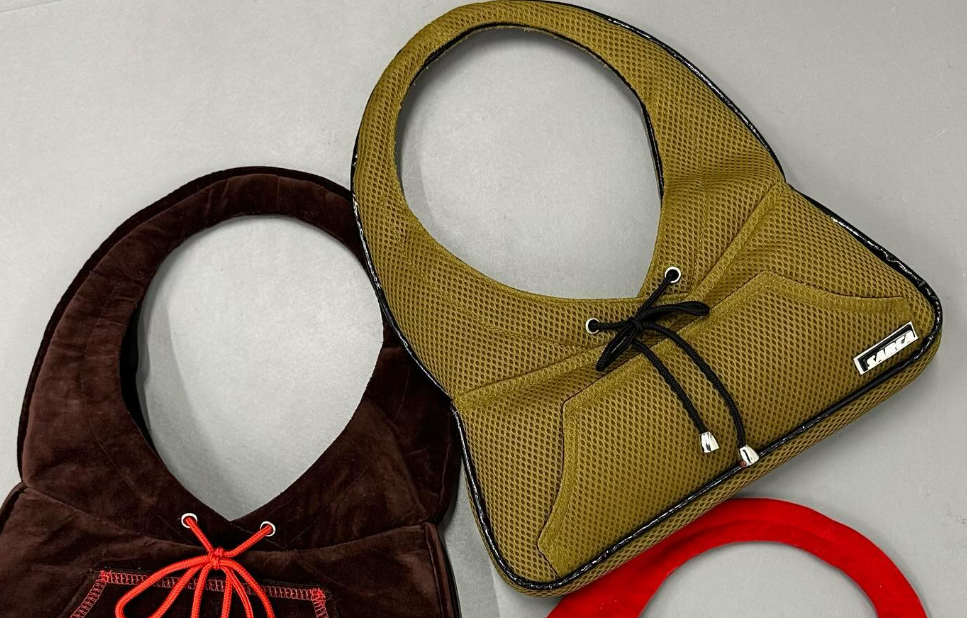
There are several common mesh structures used in bag production:
-
Open weave mesh: Lightweight and flexible, often used in sports bags for areas that require maximum ventilation.
-
3D air mesh fabric: Known for its three-dimensional cushioning, this mesh provides excellent airflow and support, making it ideal for shoulder straps and back panels.
-
Honeycomb mesh: Features a structured pattern that balances durability with breathability, suitable for high-performance backpacks.
-
Sandwich mesh: Layered design that combines comfort and ventilation, often found in ergonomic and travel backpacks.
The core principle behind breathable mesh is simple: by allowing air to pass through tiny openings, heat and moisture are reduced, which improves user comfort. Materials like polyester mesh material are commonly used because they are lightweight, durable, and cost-effective.
For manufacturers, offering sports bag breathable mesh or custom bag mesh options allows brands to tailor ventilation, weight, and comfort to specific products, enhancing both functionality and market appeal. In essence, breathable mesh is not just a material—it is a key component in creating high-quality, user-friendly bags.
2. Key Benefits of Using Breathable Mesh in Bags
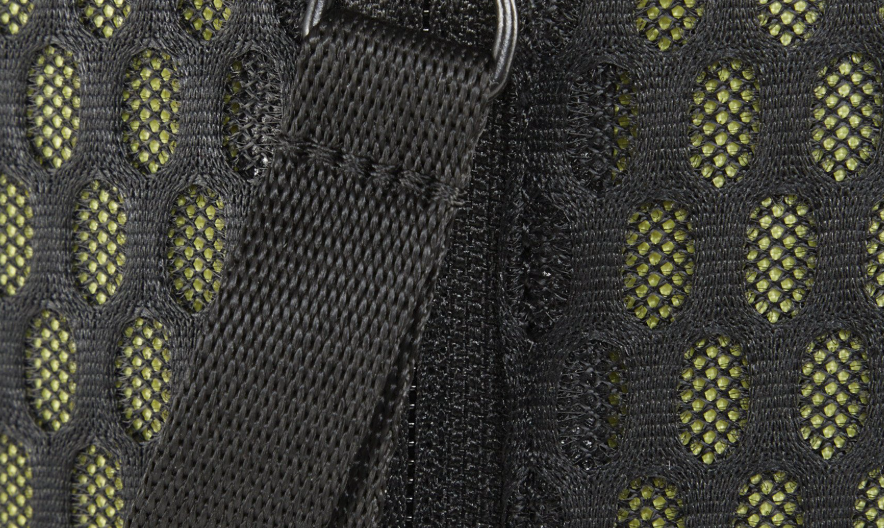
Breathable mesh offers several essential benefits that make it a key material in bag production. Its main advantages include enhanced comfort, reduced weight, durability, and versatile design possibilities. By facilitating airflow, breathable mesh reduces heat and moisture buildup, ensuring users remain comfortable even during long hours of carrying. Its lightweight structure also helps lower overall bag weight without compromising strength, while its flexibility allows designers to create innovative travel bag mesh designs and stylish mesh lining for bags.
Durability is another major advantage. High-quality materials like nylon mesh fabric and honeycomb mesh provide excellent resistance to wear and tear, making them ideal for backpacks, sports bags, and travel bags that undergo frequent use.
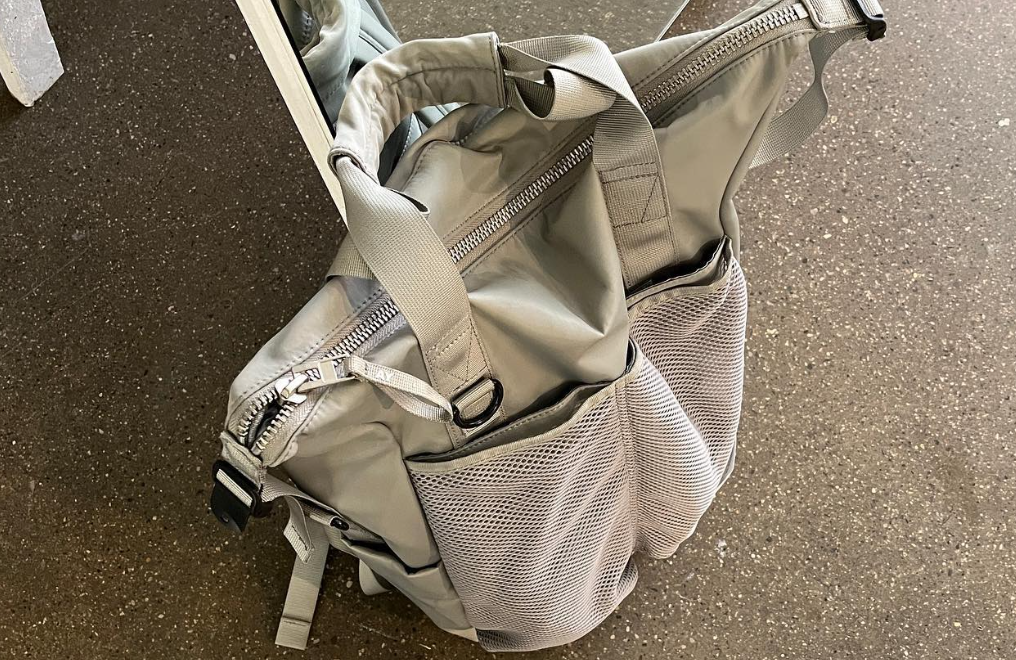
For example, in a custom backpack, using 3D air mesh fabric on shoulder straps and back panels can improve airflow by up to 35%, reducing user fatigue during extended outdoor activities. A custom tote bag with polyester mesh material integrated into interior compartments or side pockets allows for ventilation while keeping contents lightweight and easy to access. For manufacturers, sourcing bulk breathable mesh fabric ensures consistent quality and performance across large production runs, allowing brands to maintain high standards in every batch.
Overall, breathable mesh combines comfort, functionality, and aesthetic flexibility, helping bag manufacturers deliver products that meet both practical needs and design expectations.
3. Types of Breathable Mesh Materials for Bags
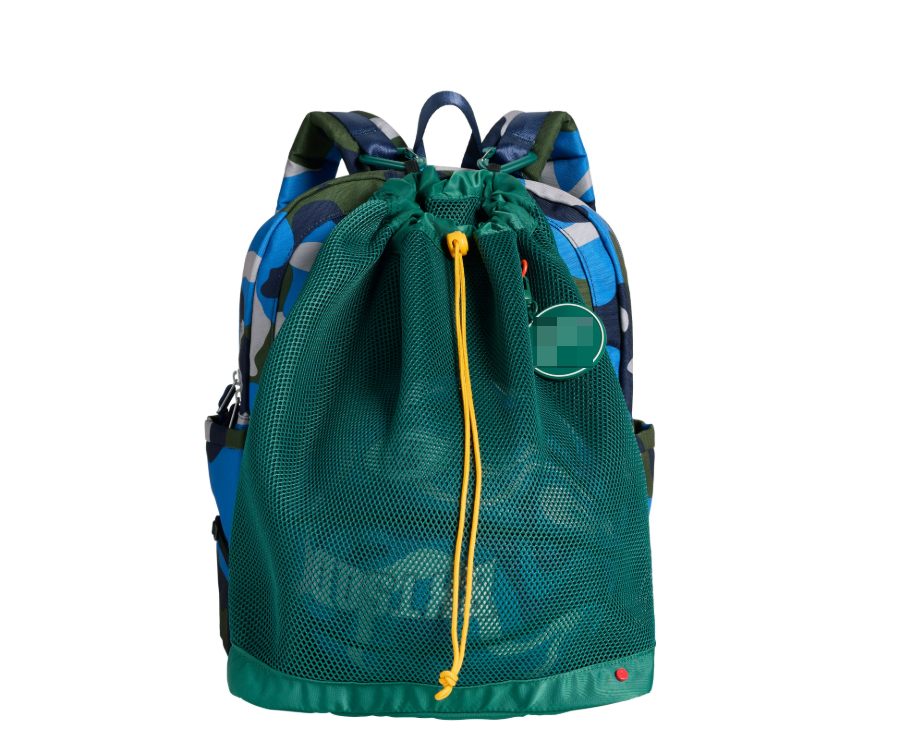
Ever wondered why some bags feel cooler and more comfortable even after hours of use? The secret often lies in the type of breathable mesh chosen. Selecting the right material is crucial for both user comfort and bag durability, especially when considering ergonomic bag design materials and bag shoulder strap mesh for heavy-duty or travel bags.
-
Polyester Mesh – Lightweight, cost-effective, and water-resistant, polyester mesh is ideal for general-purpose bags and can be integrated as mesh lining for bags to improve airflow without adding bulk.
-
Nylon Mesh – Known for its high strength and abrasion resistance, this mesh is commonly used in sports bag breathable mesh designs, providing durability for active use.
-
3D Air Mesh / Sandwich Mesh Fabric – These meshes offer thickness and a three-dimensional structure, making them perfect for shoulder straps, back panels, and bag shoulder strap mesh in ergonomic backpacks. They combine ventilation with cushioning for long-term comfort.
-
Honeycomb Mesh – Featuring a structured pattern, honeycomb mesh delivers high breathability, especially suitable for large surface areas in travel or hiking bags. When combined with sustainable mesh materials, it allows manufacturers to produce eco-friendly bags without sacrificing performance.
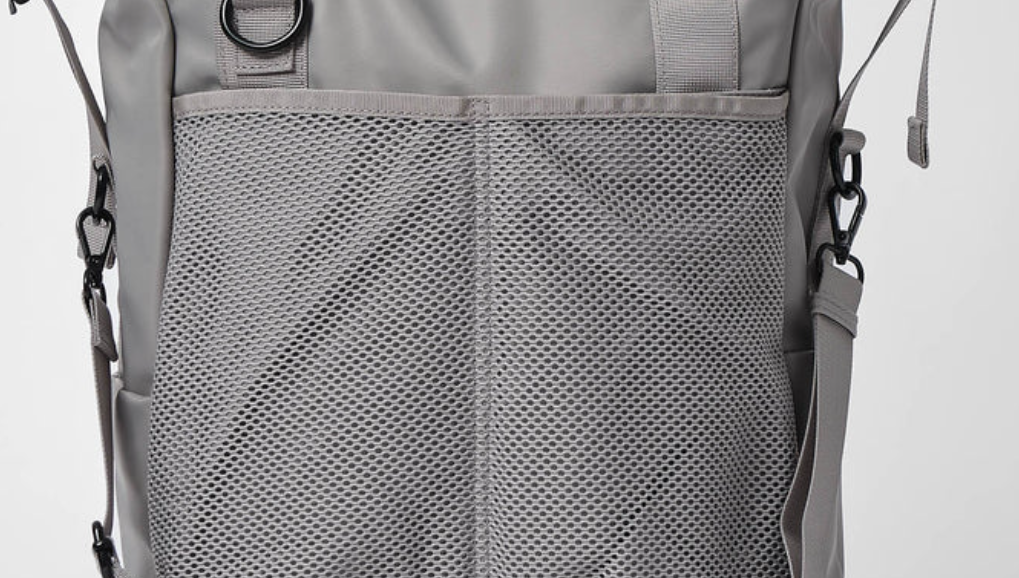
Choosing the right mesh depends on the bag’s function and design. For example, mesh lining for bags enhances airflow in compartments, while sandwich mesh fabric on straps ensures ergonomic support. By understanding the characteristics of each mesh type, manufacturers can create bags that are not only comfortable and durable but also visually appealing and environmentally conscious.
4. How to Choose the Right Breathable Mesh for Bag Manufacturing
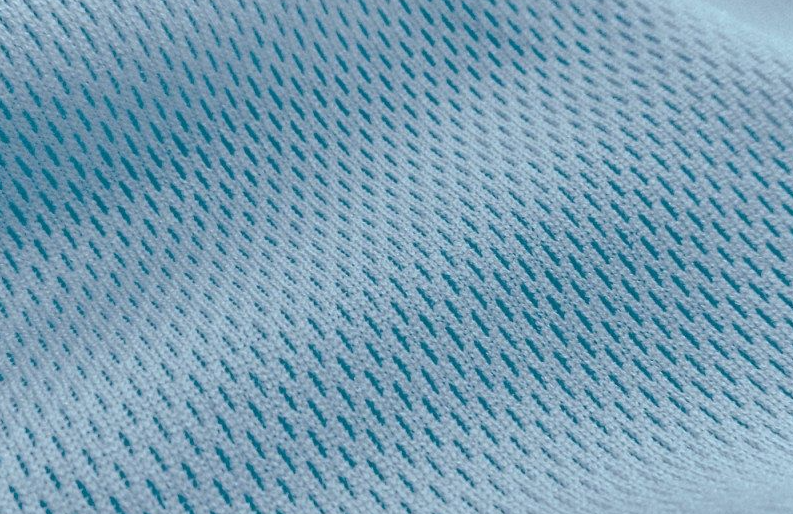
Selecting the right breathable mesh starts with assessing comfort requirements. For areas like shoulder straps and back padding, using a lightweight mesh material or durable mesh fabric ensures sufficient airflow while providing ergonomic support for long-term carrying. These high-performance meshes reduce heat buildup and fatigue, enhancing the user experience in sports backpacks, travel bags, and daily-use bags. In contrast, mesh used for exterior decorations or side panels can focus more on aesthetic appeal, where ventilation is secondary, allowing designers to choose lighter, cost-effective fabrics without compromising style.
The second consideration is cost and production feasibility, especially for large-scale manufacturing. Sourcing bulk breathable mesh fabric enables manufacturers to maintain consistent quality while controlling costs, an essential factor for brands producing hundreds or thousands of units. Additionally, integrating sustainable mesh materials supports eco-friendly production, meeting the growing market demand for responsible products. Effective bag production fabric sourcing involves evaluating suppliers, verifying material properties, and ensuring that the mesh performs well in both comfort-critical areas and decorative applications. By carefully balancing user comfort and production practicality, manufacturers can select the ideal mesh to create high-quality, functional, and visually appealing bags that satisfy both brands and end-users.
5. Case Applications and Manufacturing Considerations for Bag Factories
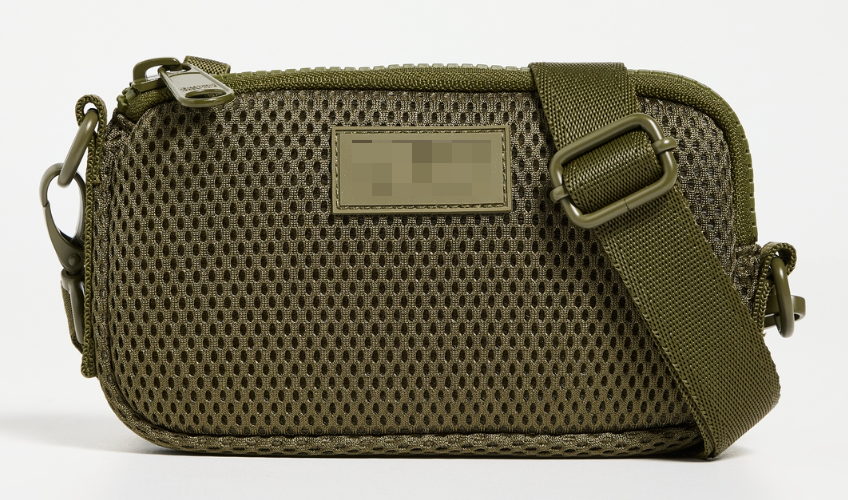
Breathable mesh finds practical applications across a wide range of bag types. In sports bags, mesh is commonly integrated into shoulder straps and back panels to enhance ventilation and reduce fatigue during extended use. Travel backpacks benefit from large, well-ventilated surfaces that improve carrying comfort, while outdoor bags require a balance between breathability and durability to withstand rugged conditions.
For manufacturers, successfully incorporating breathable mesh into production requires careful planning and quality control. The process starts with bag production fabric sourcing, selecting high-quality materials such as durable mesh fabric, lightweight mesh material, or sustainable mesh materials. Each batch undergoes rigorous testing, including airflow and abrasion assessments, to ensure consistent performance. During the prototype and sampling phase, factories evaluate how mesh behaves in different applications—shoulder straps, back panels, linings, or decorative panels—before scaling up. Maintaining bulk breathable mesh fabric quality across large production runs is crucial to guarantee stability and uniformity. By combining thoughtful design with meticulous manufacturing, bag factories can produce high-performance, comfortable, and visually appealing bags that meet both brand specifications and end-user expectations.
Conclusion
In conclusion, breathable mesh plays a critical role in modern bag production, enhancing comfort, reducing weight, and providing durability and design flexibility. Choosing the right material—whether durable mesh fabric, ventilated fabric for backpacks, or moisture-wicking fabric for bags—can significantly improve user experience and give your products a competitive edge in the market. Proper integration, such as comfortable backpack mesh backing, ensures that every bag performs well in real-world use, from sports and travel to daily commuting.
For brands and manufacturers looking to elevate their products, working with a reliable mesh material supplier for bags is essential. Contact us today to explore custom bag mesh options, request samples, or discuss bulk production solutions. With the right breathable mesh, your bags can combine functionality, style, and comfort, meeting both brand standards and customer expectations.

